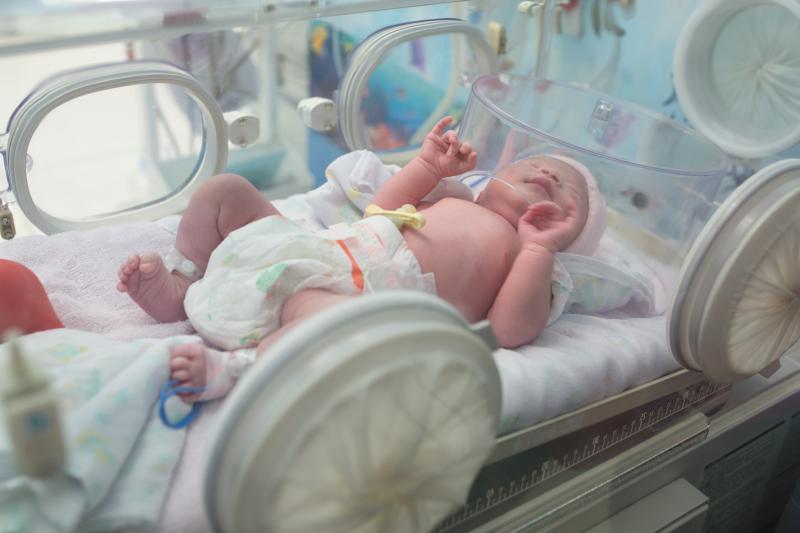
Secondary hepatic dysfunction is prevalent in paediatric intensive care units (PICUs), a recent study has found. Risk factors include sepsis, hypoxia, and cardiovascular incidents.
Researchers enrolled 151 patients (median age, 18 months; 57.6 percent male) in whom hepatic dysfunction was defined as having any abnormality in liver function tests. All participants were admitted to the PICU during their stay at the hospital. Outcomes assessed included length of stay, mortality, and risk factors for hepatic dysfunction.
Hepatic dysfunction was reported in 53 patients, resulting in an overall prevalence rate of 35.1 percent. Ten of these patients had primary hepatic dysfunction, while the remaining 43 had secondary dysfunction, which constituted 28.5 percent of the total PICU admissions.
Sepsis emerged as a significant risk factor for secondary hepatic dysfunction (odds ratio [OR], 5.83, 95 percent confidence interval [CI], 2.674–12.71; p<0.001). Of the 49 patients who had sepsis, 27 (55 percent) developed secondary hepatic dysfunction. The prevalence rate of sepsis also grew with increasing length of stay, such that all patients who were in the PICU for >30 days had sepsis.
Other significant risk factors included cardiovascular events (OR, 10.256, 95 percent CI, 4.48–23.47; p<0.001), hypoxia (OR, 3.9, 95 percent CI, 1.79–8.52; p<0.001), and mechanical ventilation (OR, 3.68, 95 percent CI, 1.73–7.82; p=0.001).
In terms of outcomes, secondary hepatic dysfunction increased the likelihood of a longer stay in the PICU (> 7 days; relative risk [RR], 4.716, 95 percent CI, 2.19–10.14; p<0.001) and of death (RR, 12.937, 95 percent CI, 5.06–33.10; p<0.001).